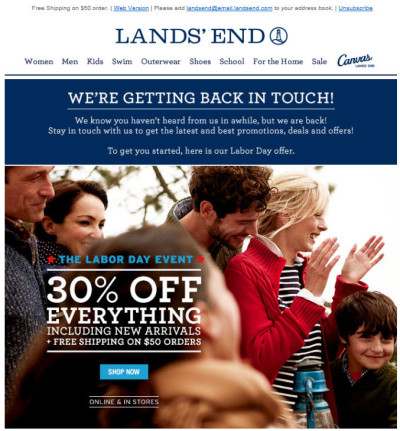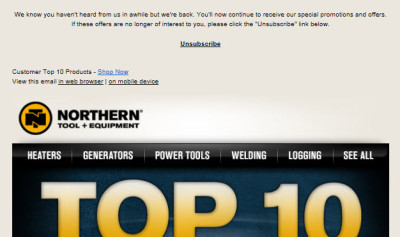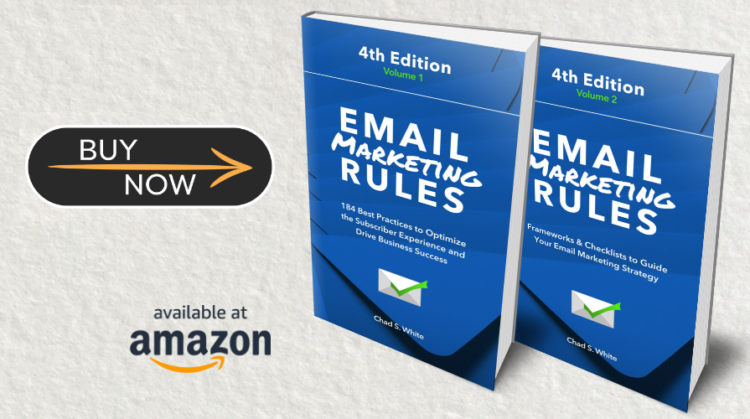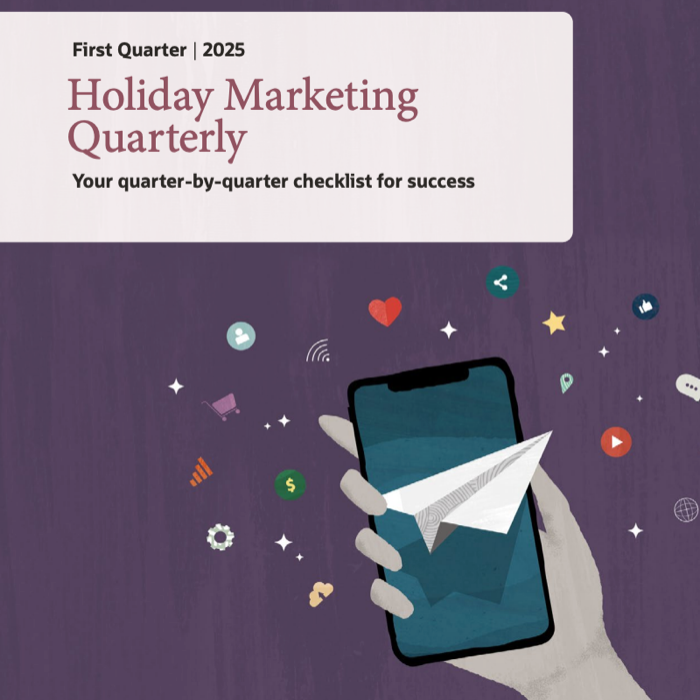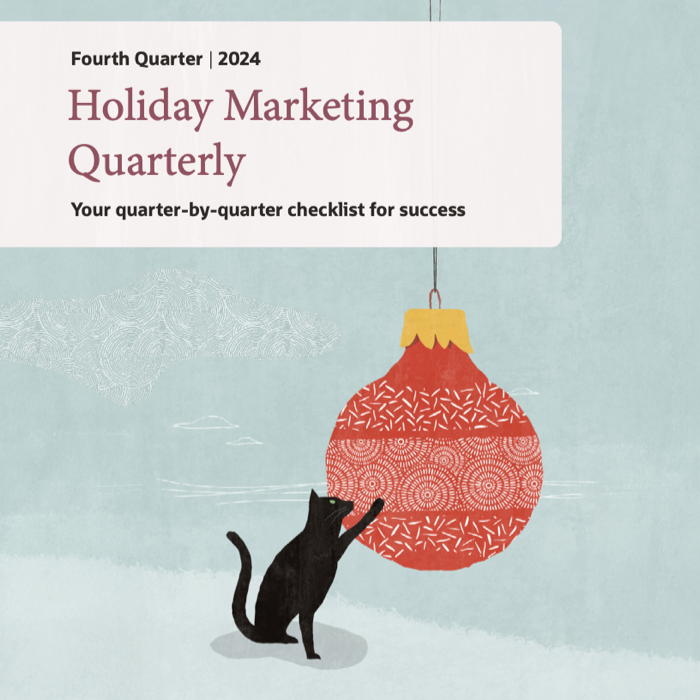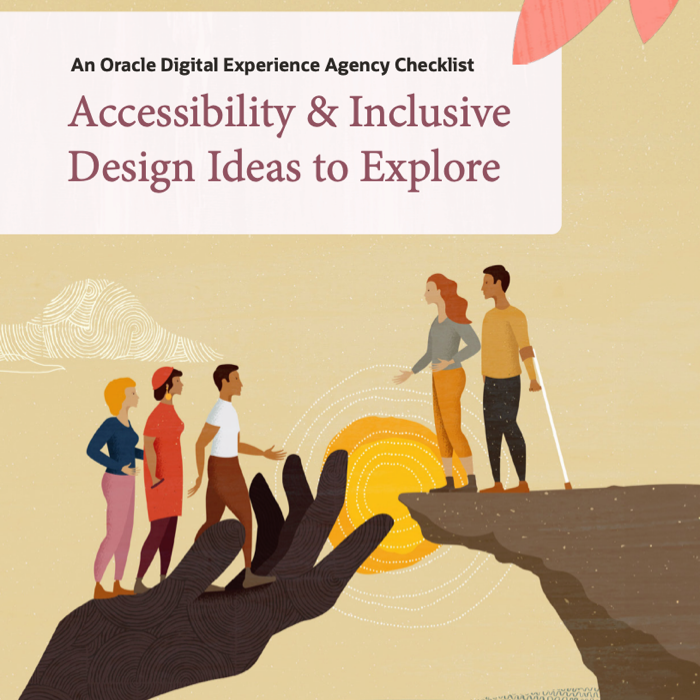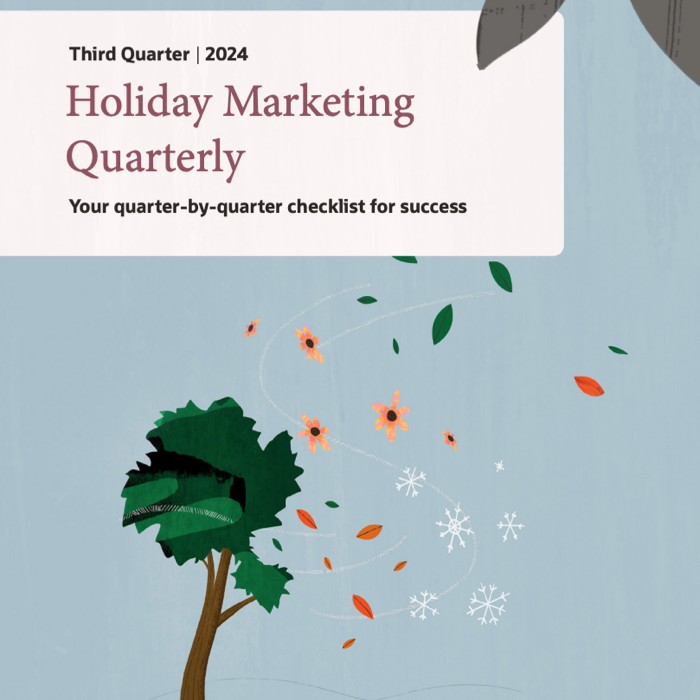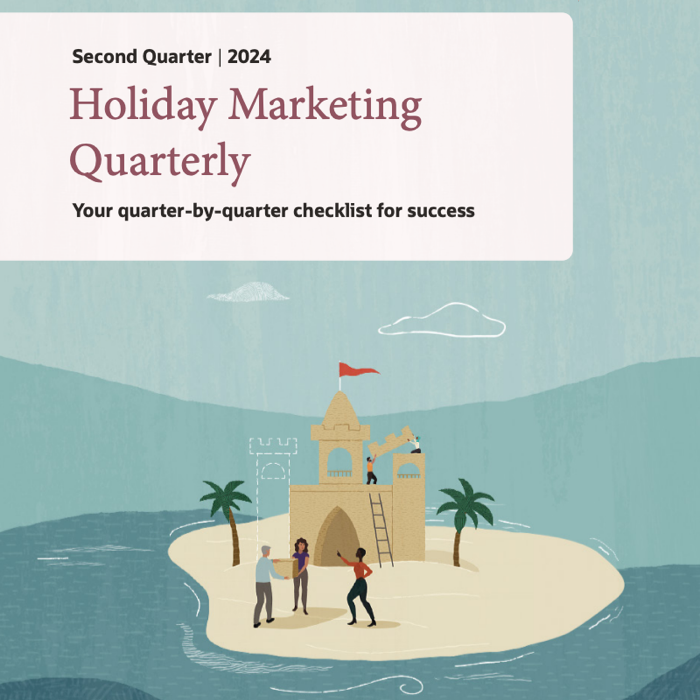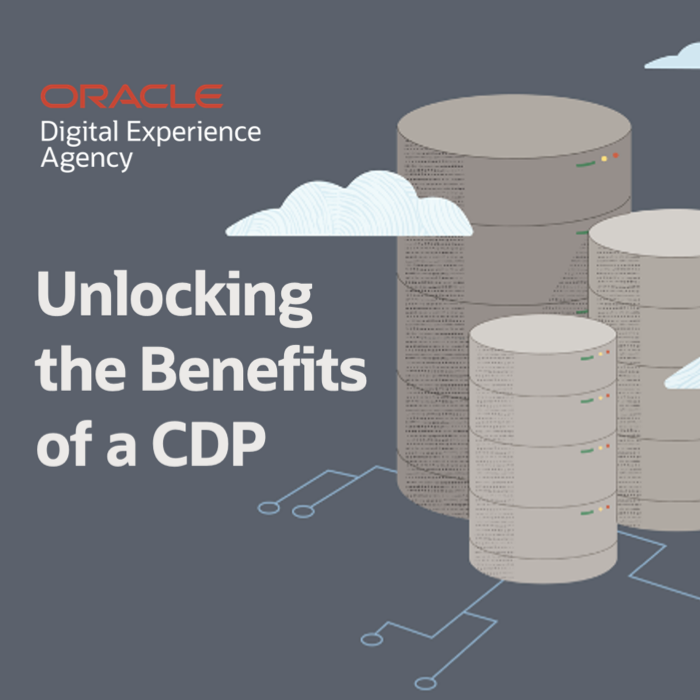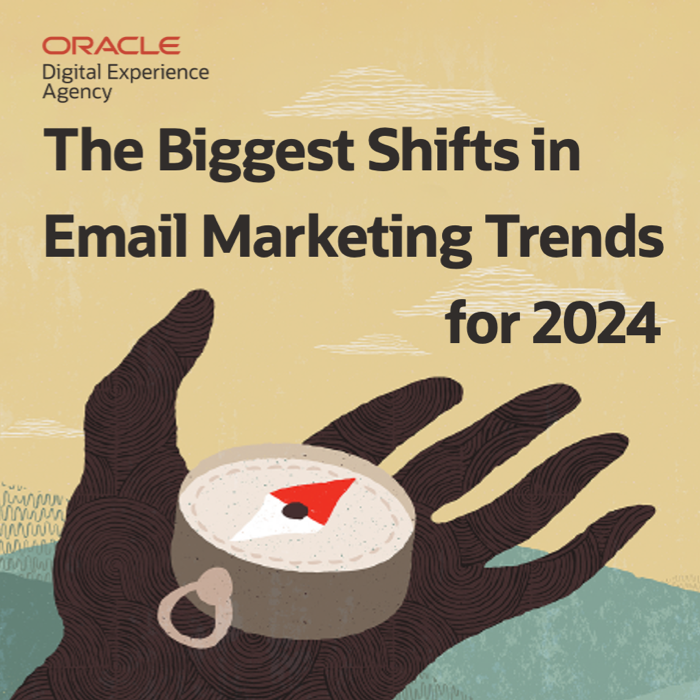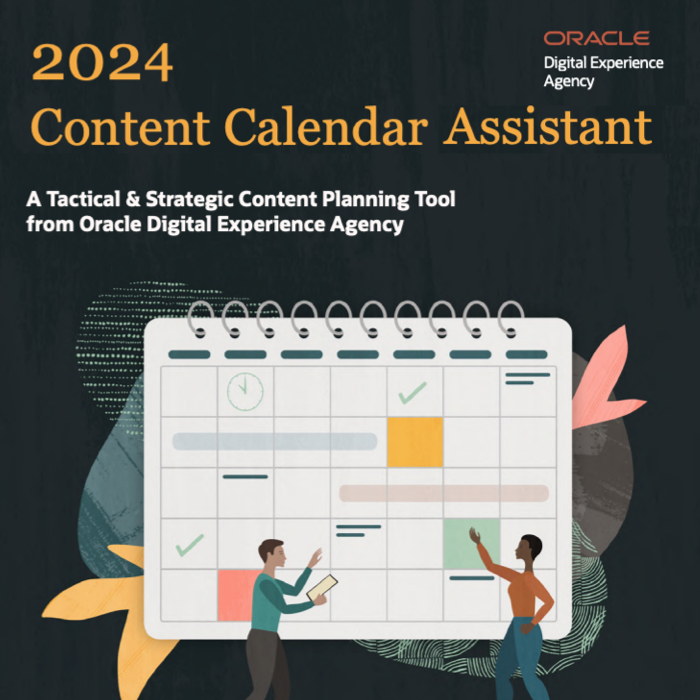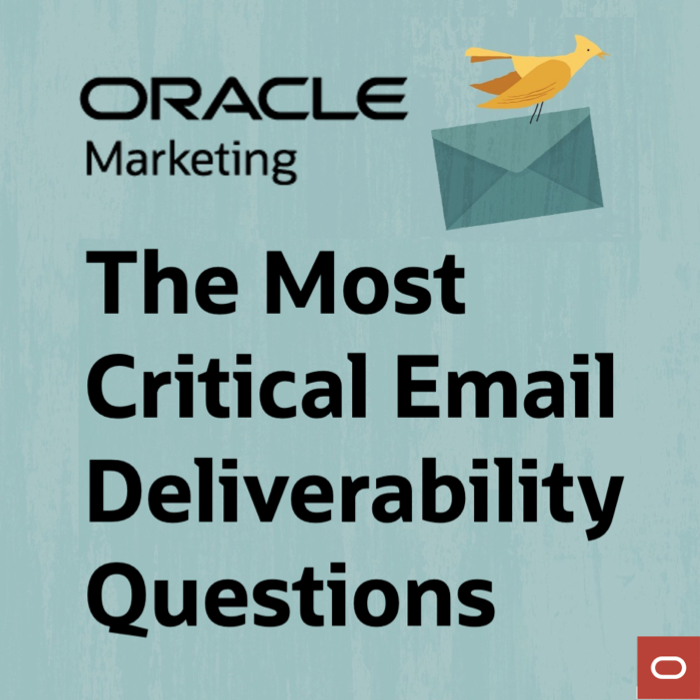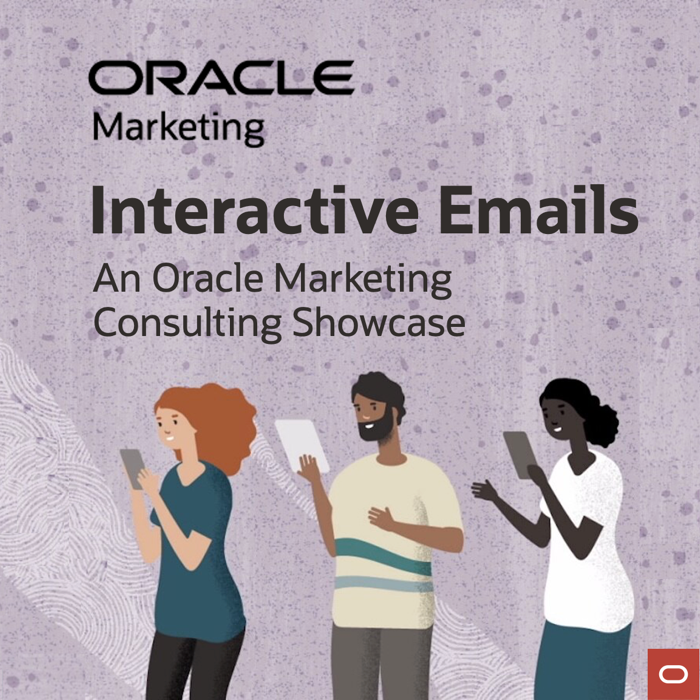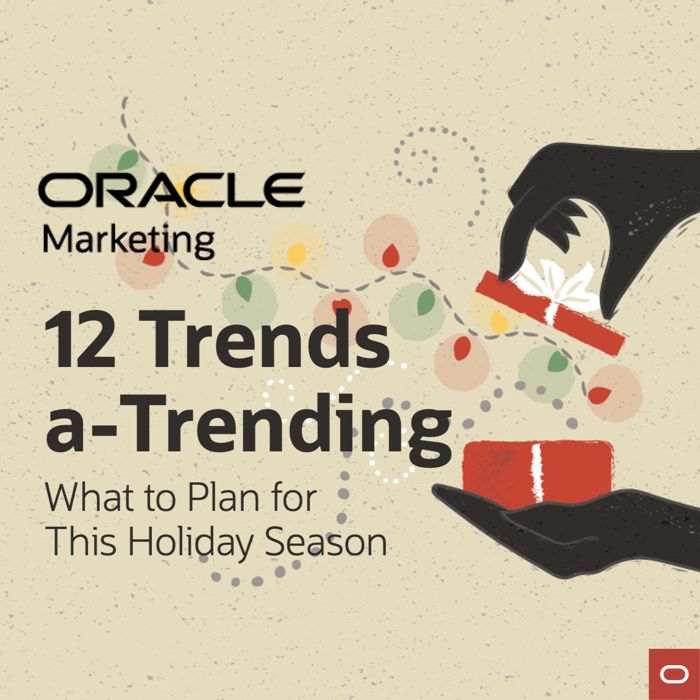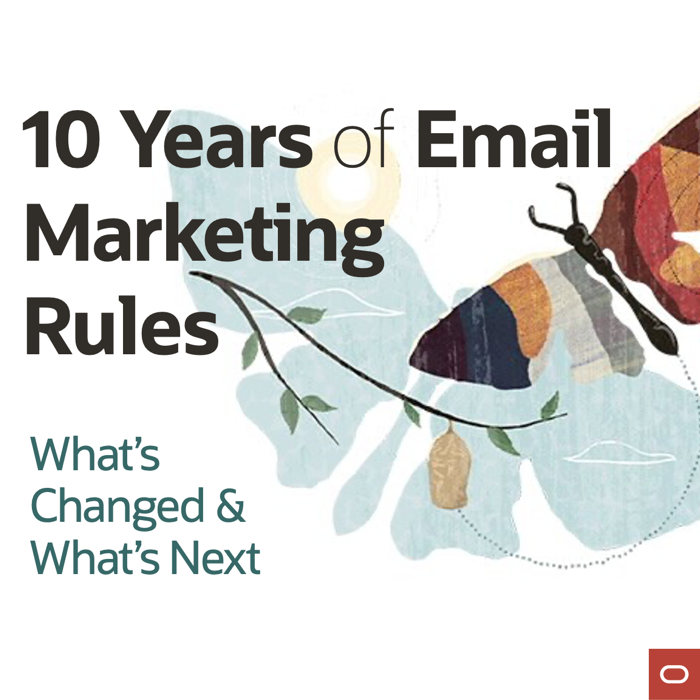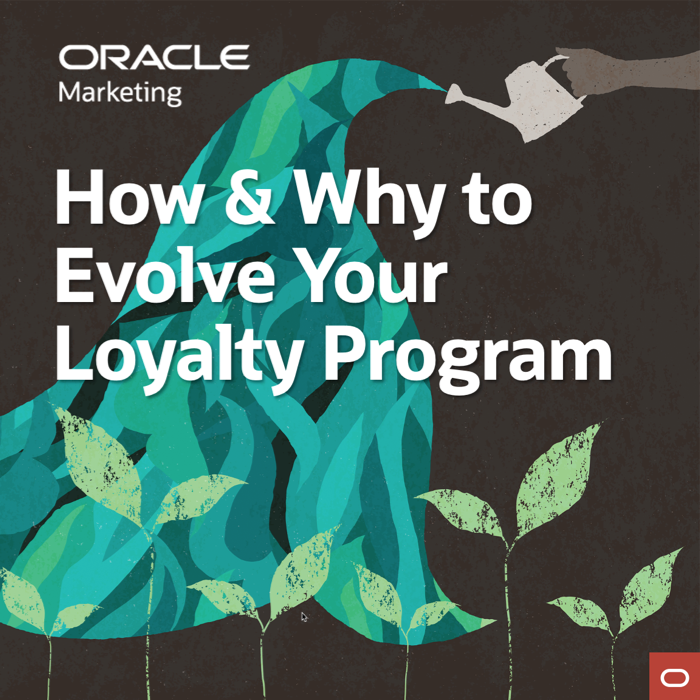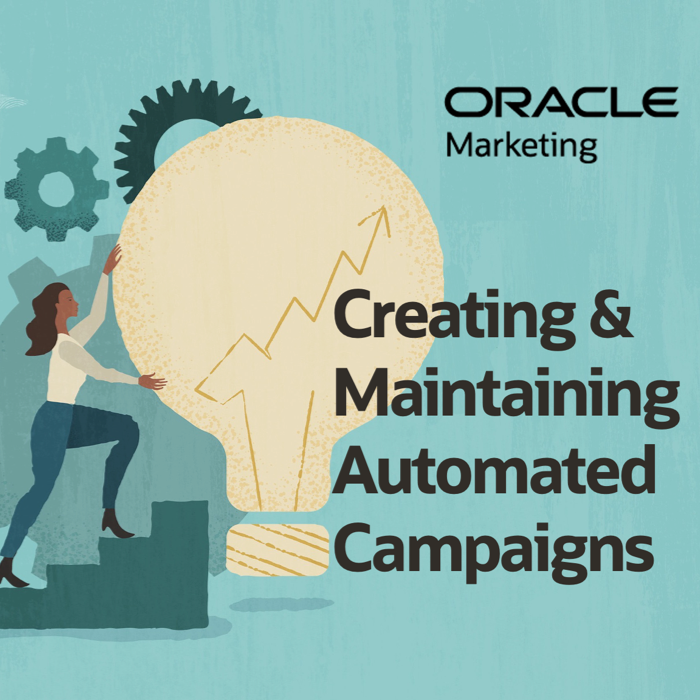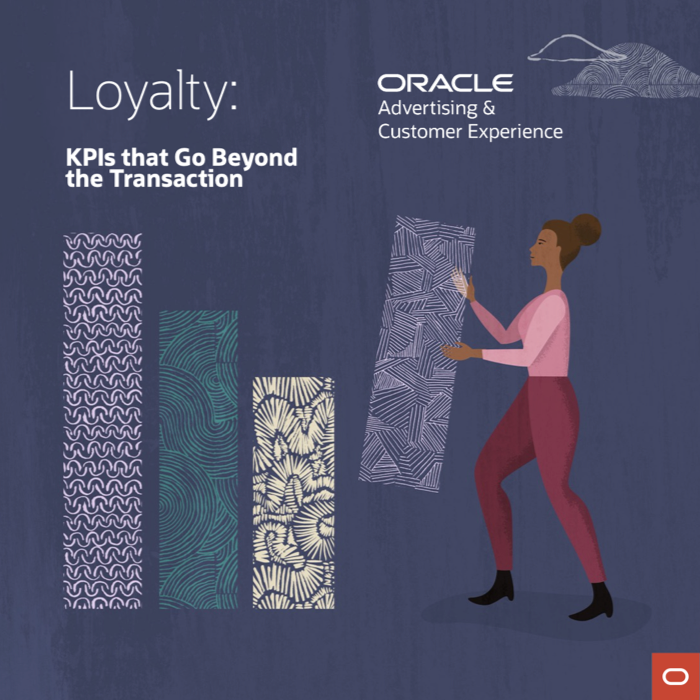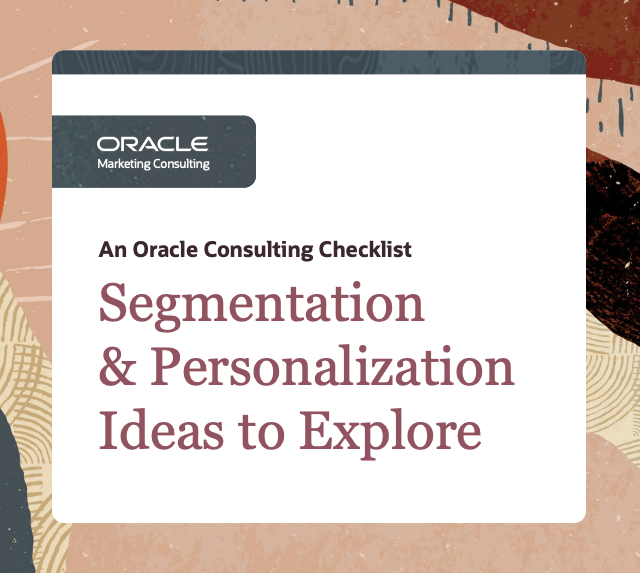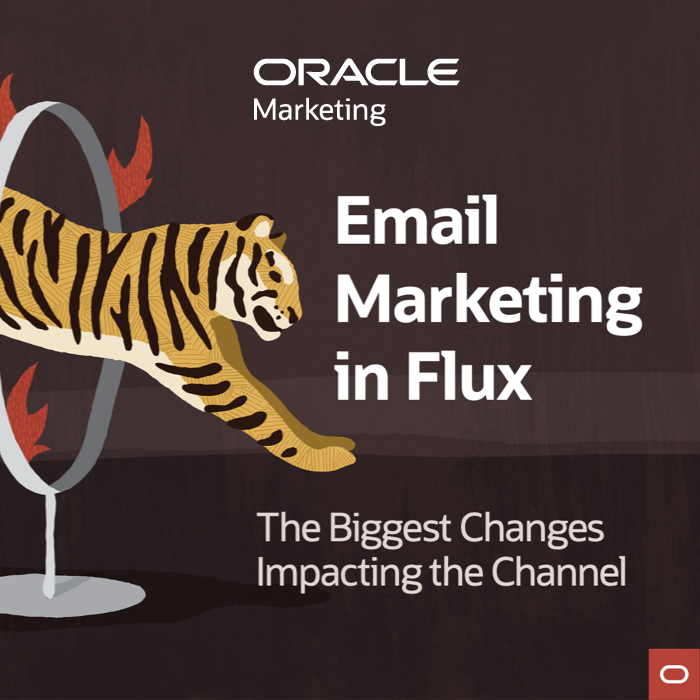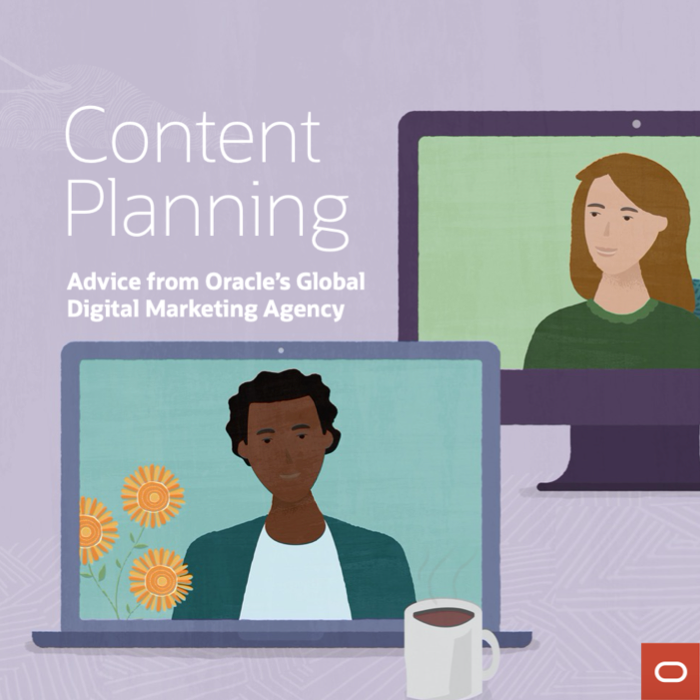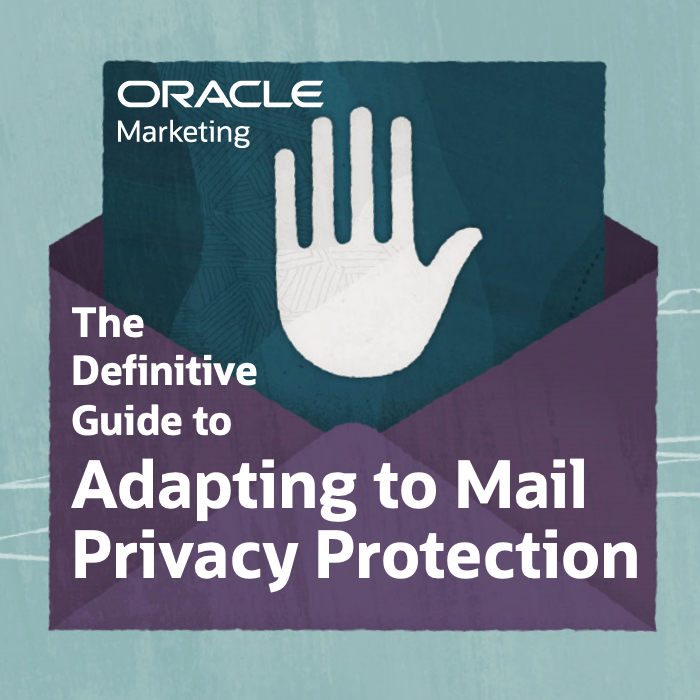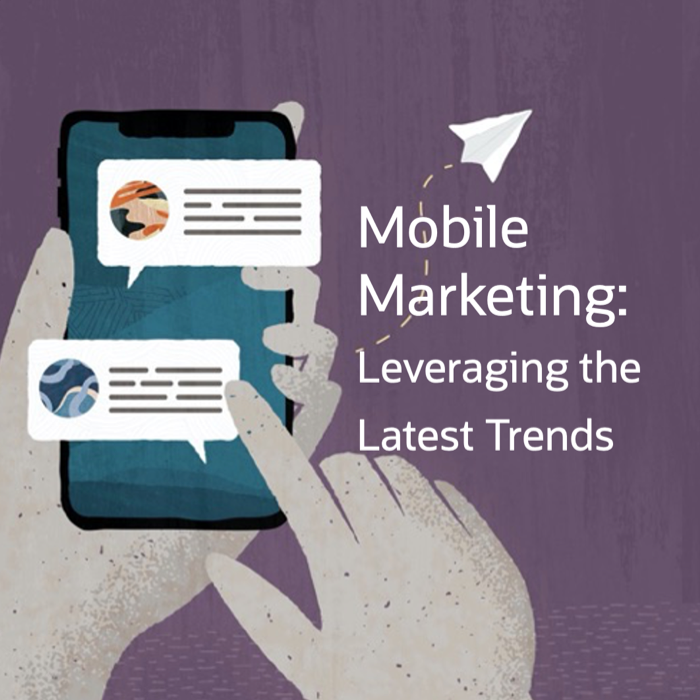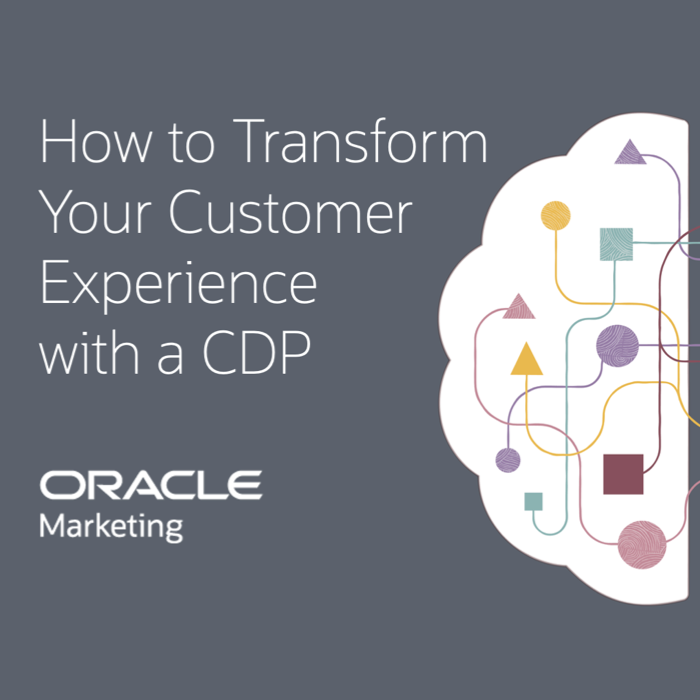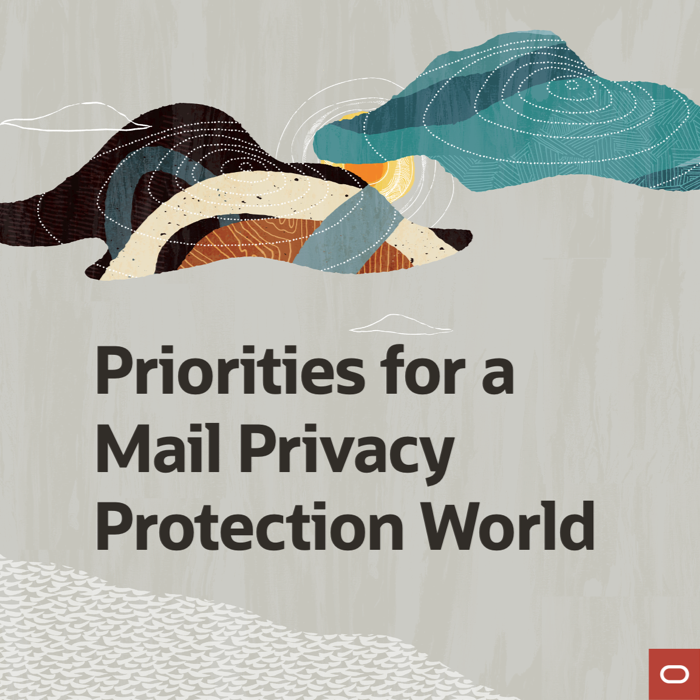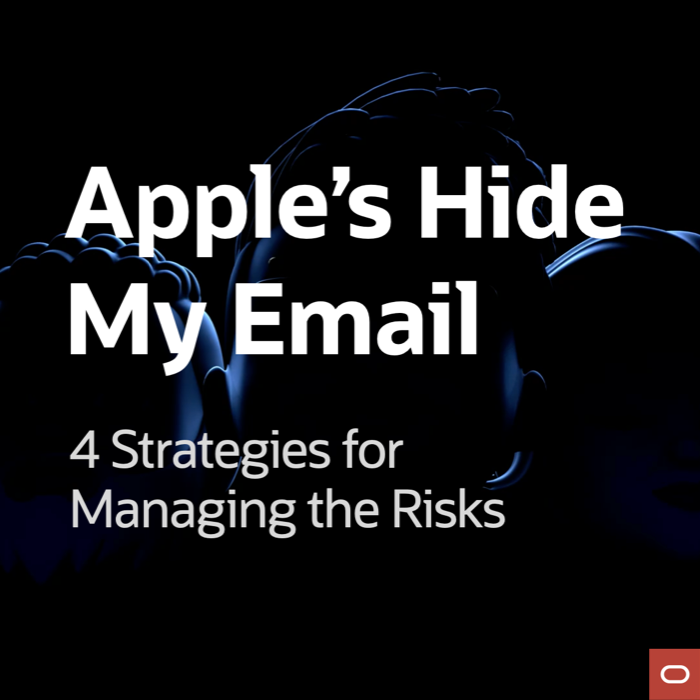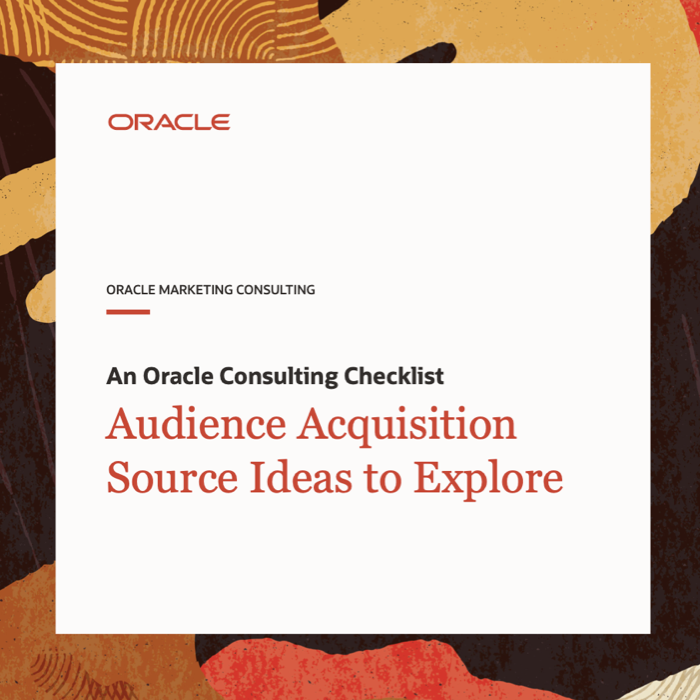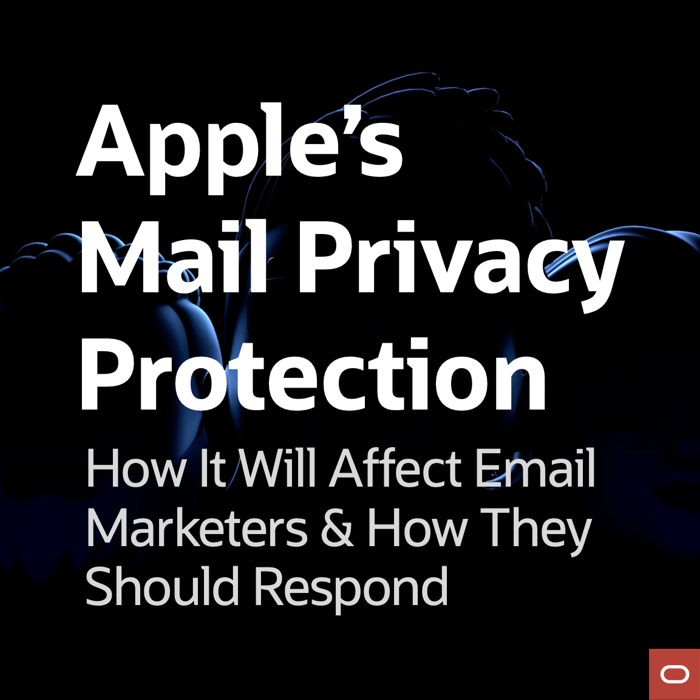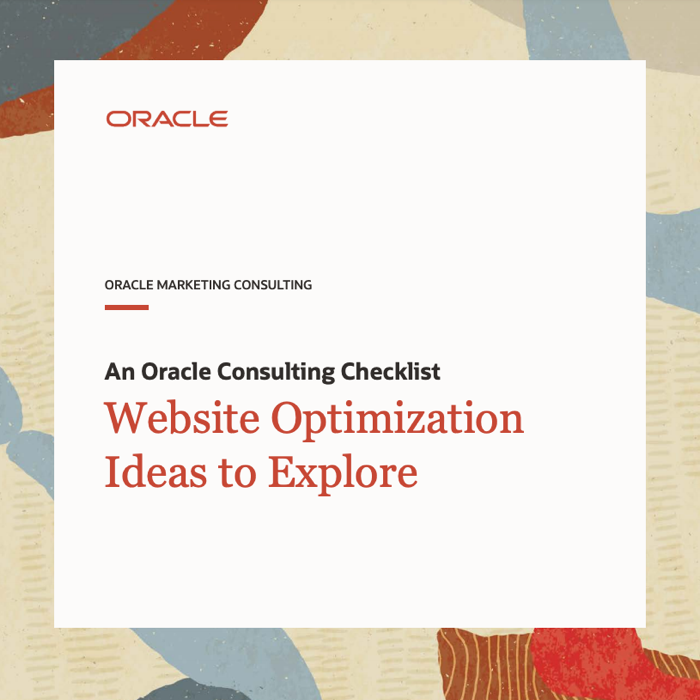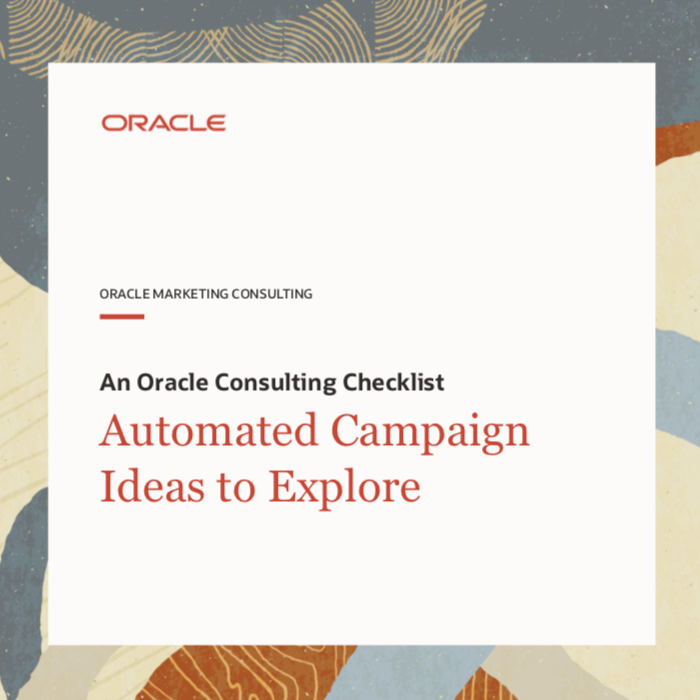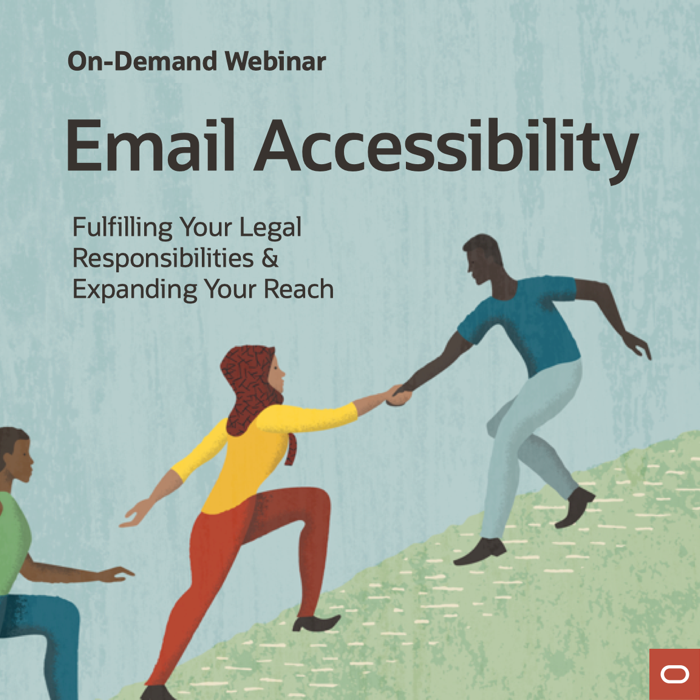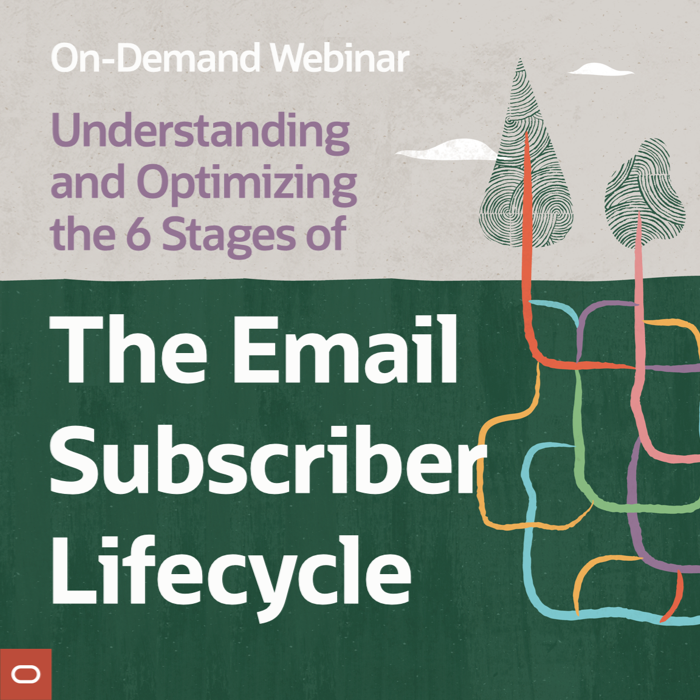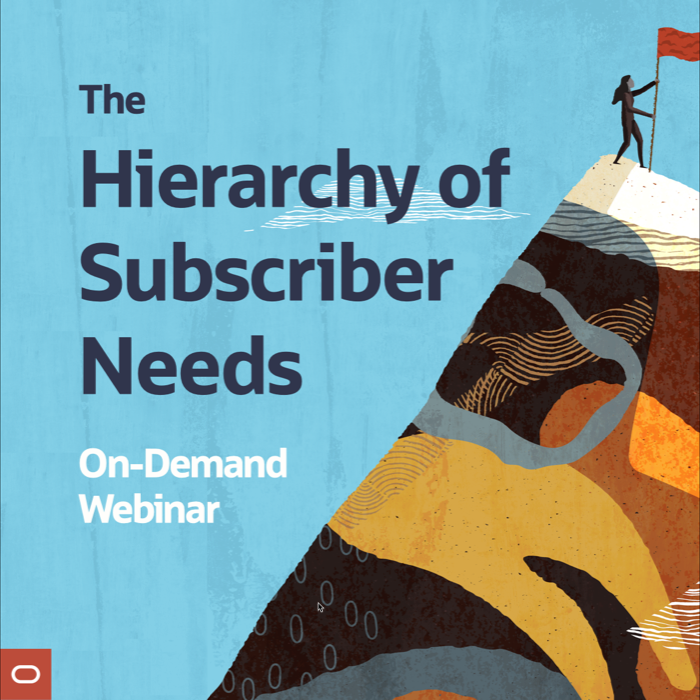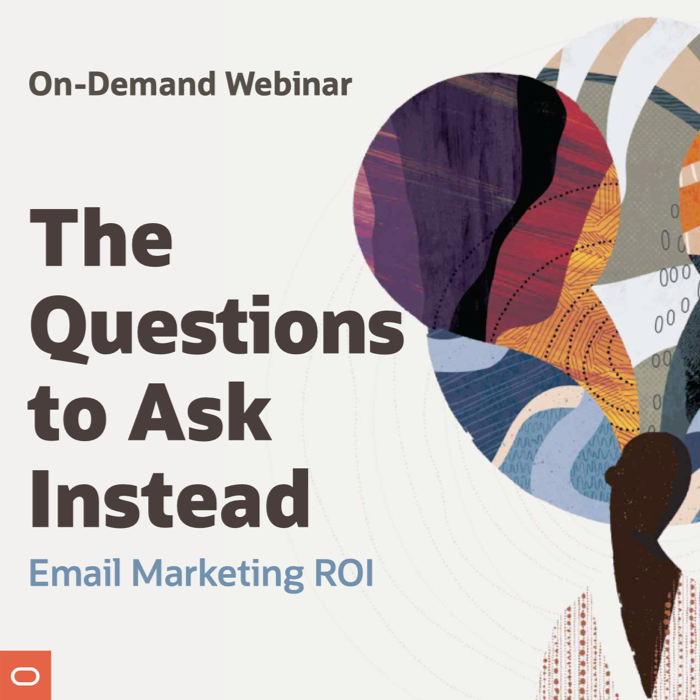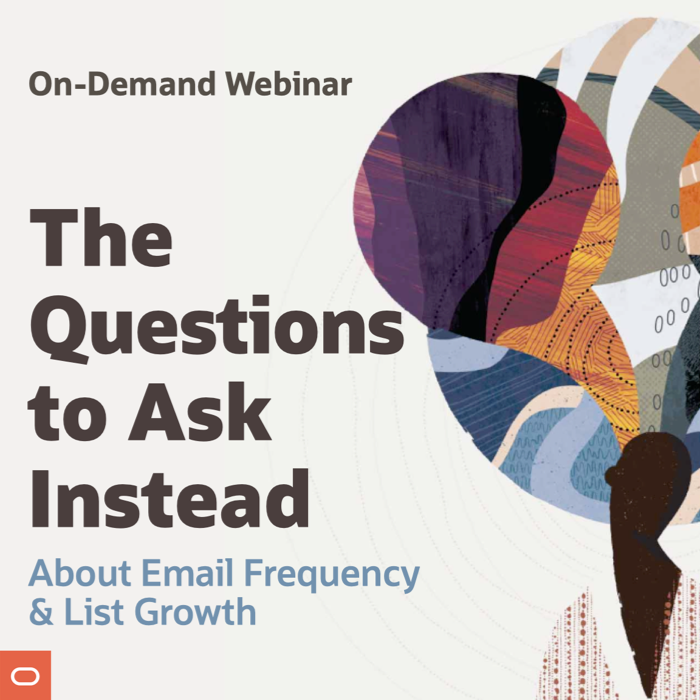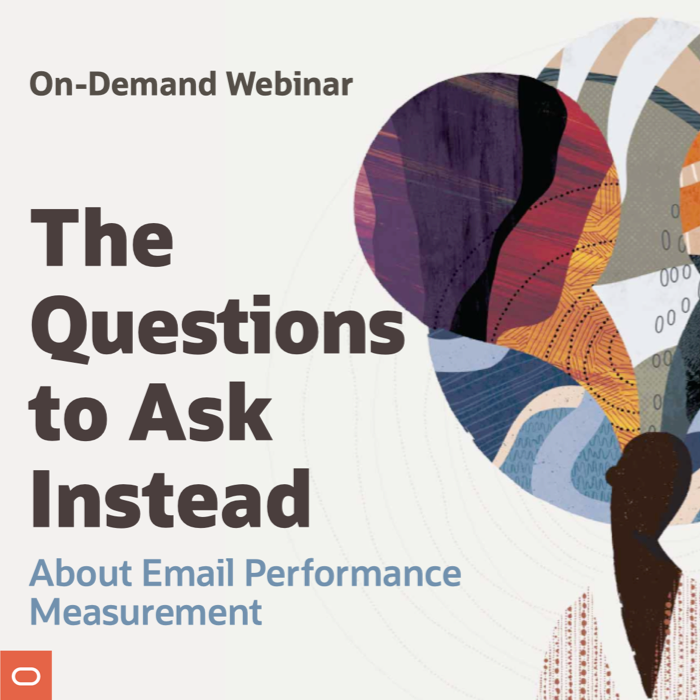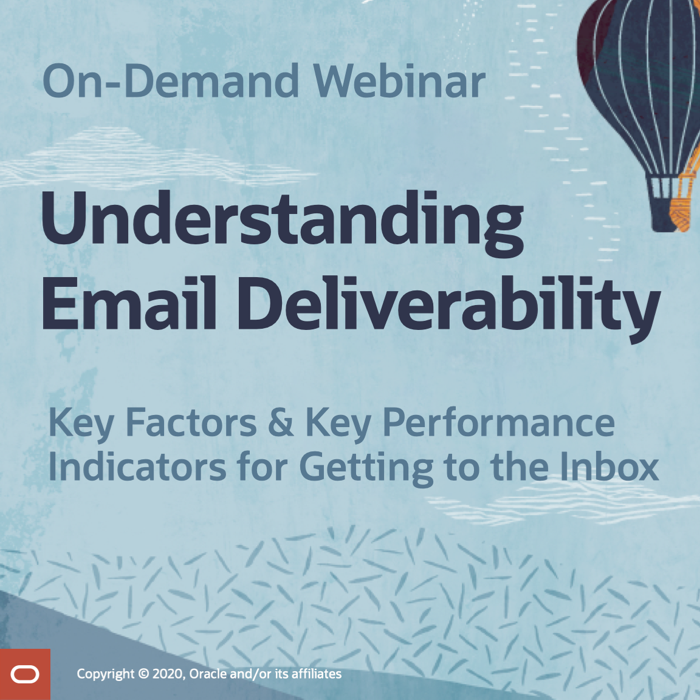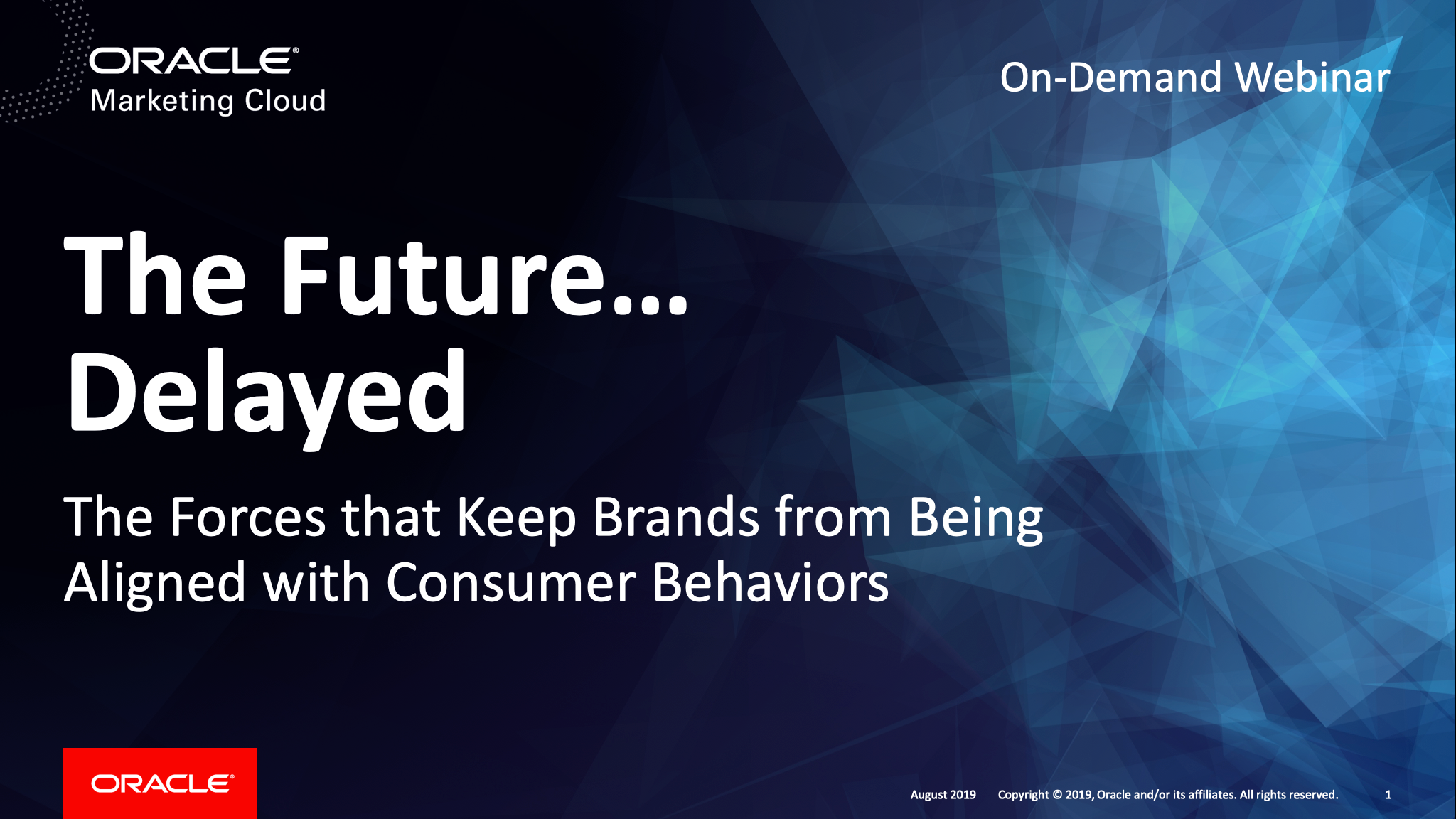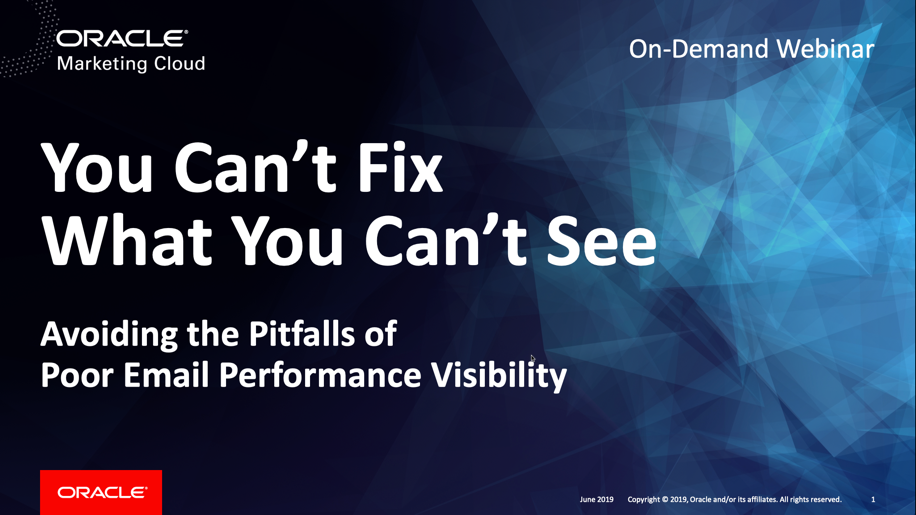Infographic: Happy Birthday, Dear Subscriber
Posted on October 10, 2013
Have you ever gotten an unexpected birthday gift? Feels great, right? And you probably ended up giving more time and attention to the gift-giver as a result. That’s the opportunity that triggered birthday emails offer. It’s a winning tactic that generates an outsized return on investment.
ExactTarget research involving more than 180 B2C brands—including retailers, restaurants, manufacturers, travel and hospitality, and nonprofits—shows that there’s plenty of opportunity for brands to delight subscribers with best wishes on their special day. Check out the stats and tactics to learn the who, what, when, why and how of birthday emails.
European Webinar on Email Marketing Best Practices on Oct. 18
Posted on October 9, 2013
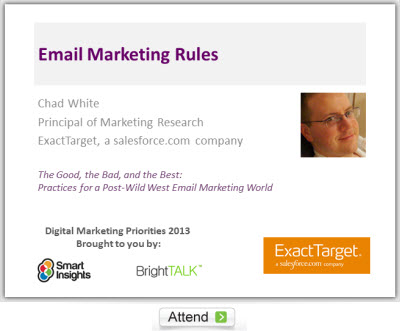 To my European readers: Please join me on Oct. 18 at 11am GMT (London) for a webinar hosted by Smart Insights where I’ll be discussing email marketing best practices and sharing real-world examples of good, great and not-to-great executions.
To my European readers: Please join me on Oct. 18 at 11am GMT (London) for a webinar hosted by Smart Insights where I’ll be discussing email marketing best practices and sharing real-world examples of good, great and not-to-great executions.
I’ll answer questions from you and our moderator, Dave Chaffey of Smart Insights, as we talk about…
- The Signup Process
- Welcome Emails
- Defensive Design
- Mobile-Friendliness
- The Unsubscribe Process
>> Register for this free webinar
Also, read Dave Chaffey’s webinar preview and review of my book, Email Marketing Rules.
Mobile-Targeted Design: The Next Step after Mobile-Friendly
Posted on October 8, 2013
 On the sliding scale of mobile-friendliness, most brands are just getting a firm grasp on mobile-optimized email design. As much talk as there is about responsive design, adoption is relatively low in most industries (although next year will be an entirely different story). But as brands plot their jump from mobile-optimized to responsive design, they should keep in mind the next notch in the scale beyond that: mobile-targeted design.
On the sliding scale of mobile-friendliness, most brands are just getting a firm grasp on mobile-optimized email design. As much talk as there is about responsive design, adoption is relatively low in most industries (although next year will be an entirely different story). But as brands plot their jump from mobile-optimized to responsive design, they should keep in mind the next notch in the scale beyond that: mobile-targeted design.
Being mobile-targeted means your email content not only looks different on mobile devices than it does on desktops, the content itself is different…
>> Read my entire Email Insider column on MediaPost.com
Sept. 2013 B2C Email Volume Mixed: Retailers Sent 16.4 per Subscriber, Non-Retailers 6.1
Posted on October 3, 2013
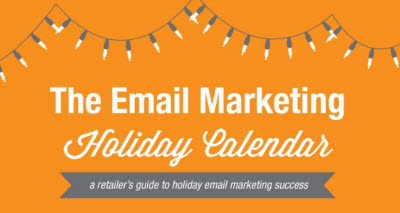 During September, retailers sent each of their subscribers 16.4 promotional emails on average, up 1% from August. Non-retailers sent 6.1 promotional emails on average, down 1% from August.
During September, retailers sent each of their subscribers 16.4 promotional emails on average, up 1% from August. Non-retailers sent 6.1 promotional emails on average, down 1% from August.
This data is based on the anonymous tracking for more than 150 B2C brands, including retailers, restaurants, manufacturers, travel and hospitality, political groups, and nonprofits.
For more on seasonal email marketing trends, check out the Email Marketing Holiday Calendar and this month’s update on the ExactTarget Blog…
>>Email Marketing Holiday Calendar 2013: September Review & October Preview
The Last Word on September 2013
Posted on October 2, 2013
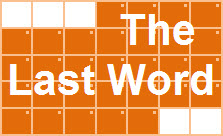 A roundup of articles, posts, tweets and emails you might have missed last month…
A roundup of articles, posts, tweets and emails you might have missed last month…
Must-read articles, posts & whitepapers
The Email Subscriber Experience 2008 – 2013 (Return Path)
The Dangerous Tension Between CMOs and CIOs (Harvard Business Review)
10 More Habits Of Highly Ineffective Email Marketers (MediaPost)
The How-To Guide to Responsive Email Design [Infographic] (Litmus)
Responsive email design: 10 great examples (Econsultancy)
How to add a fixed-position CTA to your email newsletters (Campaign Monitor)
Insightful & entertaining tweets
@jacaldwell: platforms aren’t in silos, people are
@wac_intosh: Embrace showrooming by using it as an opportunity to trigger campaigns based on in-store browse. Some retailers over 100x ROI #MKTGwebcast
@iamelliot: ugh, searched “responsive email” on twitter..conjecture, whinging and marketing BS all over the place now. put me right off my Angel Delight
@emailrocks: @chadswhite Thanks Chad! i’ve posted the Performance Driven Marketers Oath here http://t.co/dGVlprp3uM
@EmailKarma: Shocker! Didn’t see this coming from miles away > Yahoo Recycled Emails: Users Find Security Surprises: http://t.co/Dc1ddcpldC #privacy
Also check out: Most Tweetable Tweets from Connections 2013
Great additions to the Email Swipe File pinboard
Priceline.com email sent on 8/23/13 >> View the pin
Helzberg Diamonds email sent on 8/17/11 >> View the pin
Clinique email sent on 8/22/13 >> View the pin
Oroton email sent on 8/29/13 >> View the pin
Noteworthy subject lines
Hayneedle, 9/30 — A Home Made … guest-ready! First in a series of holiday hosting help – with $90 OFF! Plus Styleboards & more …
PersonalizationMall.com, 9/27 — 40% Off Christmas Cards – Order Early & Save
Peet’s Coffee & Tea, 9/30 — Order Holiday Blend 2013 by Tomorrow + FREE SHIPPING
Hanna Andersson, 9/23 — NEW holiday arrivals + the big Dress & Sweater Sale is here!
Michael’s, 9/26 — Now’s the Time for DIY Holiday Décor
Pier 1 Imports, 9/16 — We’re looking for great talent to join our holiday team.
Horchow, 9/16 — NEW for Christmas: 4 Holiday Collections
Walmart, 9/19 — Get more Halloween for your money
Pier 1 Imports, 9/19 — Don’t be scared to get your Halloween decorations now.
Target, 9/30 — Cyber Monday in September? Oh, yeah.
Under Armour, 9/24 — Go Pink Or Go Home.
NFLshop, 9/29 — Your Patriots Are 4-0! Plus, Free Shipping on All Patriots Gear
NFLshop, 9/7 — Gear Up Patriots Fans! PATRIOTS VS BILLS, Sun. 1PM + Every Order Ships Free!
SkyMall, 9/12 — Parking Lot Party! Save on Tailgate Essentials at SkyMall
Walmart, 9/12 — Make a play for game day savings
eBags, 9/29 — Celebrate National Get Organized Week With 25% OFF 1 Item + an Extra Treat Just for You!
Zappos, 9/5 — Sandal season is officially over…
Gap, 9/30 — The first fall chill is coming…
Crate & Barrel, 9/24 — It’s time. Outdoor furniture covers are now available.
Clinique, 9/26 — The “it” shade for fall—get it now!
Lululemon, 9/17 — try doing “it” everyday
The Container Store, 9/25 — Bloggers Love our Home Collection by 3M
Lenovo, 9/29 — The World’s Smallest Desktop
WebMD, 9/20 — The Scoop on Poop
Sephora, 9/13 — We’re bringing sets-y back
Beachbody, 9/10 — Do Vegetarians Live Longer?
Threadless, 9/12 — Wisconsin is made of cheese, and other facts…
St. Jude Children’s Research Hospital, 9/13 — What if your child had 36 hours to live?
ModCloth, 9/5 — Pug + #selfie = best email ever.
Jeep, 9/5 — ●|||||||● Your Jeep newsletter is here.
Most popular posts on EmailMarketingRules.com last month
1. The Many Uses (and 2 Drawbacks) of Animated Gifs
2. Case in Point: Why You Should Audit Your Signup Process
3. The One-Two Punch of Subject Lines and Preheaders
4. Most Tweetable Tweets from Connections 2013
5. Sending a Welcome Series Is the New Onboarding Differentiator
Most Tweetable Tweets from Connections 2013
Posted on September 23, 2013
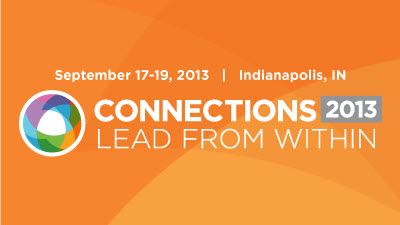 ExactTarget Connections was awesome! Beyond meeting tons of great people, old friends and new, there was lots of great content that kept me busy tweeting for four days straight. We’ve already shared 100 Tweets About Leadership and the Power to Lead from Within and Josh Kimber shared the 25 Top Tweets from #ET13, but I wanted to highlight some of the tidbits that I thought were critical.
ExactTarget Connections was awesome! Beyond meeting tons of great people, old friends and new, there was lots of great content that kept me busy tweeting for four days straight. We’ve already shared 100 Tweets About Leadership and the Power to Lead from Within and Josh Kimber shared the 25 Top Tweets from #ET13, but I wanted to highlight some of the tidbits that I thought were critical.
Before I do that, if you were one of the more than 1,000 people who got a free copy of my book, Email Marketing Rules, during Connections, it would be awesome if you would sent a tweet of thanks to @ExactTarget, which made the giveaways possible. Thanks and I hope to see you at Dreamforce in November and at Connections 2014.
EMAIL MARKETING
@HauteLook sends 200 different email campaigns each month. #ET13
MOBILE
50%-62% of CareerBuilder’s email opens are on mobile devices. #ET13
SOCIAL MEDIA
Warby Parker’s social media team responds to EVERY tweet, Facebook comment, and Instagram. #ET13
I’m impressed 🙂 “@WarbyParker: @chadswhite Yes we do! We hope you’re enjoying Kristin at #et13.”
Nordstrom is highlighting top-pinned items in their stores. -Steve Patrizi, Pinterest #ET13
BIG DATA & CROSS-CHANNEL
Sony communicates with their customers via 30 different channels. #ET13
The pinch point in marketing is generally content. – @mostew #ET13
LEADERSHIP
Real discipline is not what you chose to do but what you chose not to do. -Jim Collins #ET13
“Great leaders build companies that do not need them.” -Jim Collins #BuilttoLast #ET13
“Smart people are a dime a dozen. What matters is imagination.” -Walter Isaacson #ET13
Get “Email Marketing Rules” for Free in Honor of Connections 2013
Posted on September 17, 2013
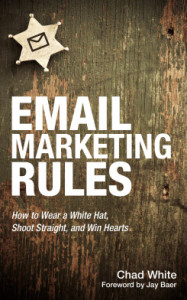 In celebration of Connections 2013, ExactTarget is making the Kindle Book edition of my book, Email Marketing Rules, available for free today through Thursday.
In celebration of Connections 2013, ExactTarget is making the Kindle Book edition of my book, Email Marketing Rules, available for free today through Thursday.
Just visit Amazon.com to download it for free (no coupon code necessary) and then install the free Kindle app to read it on any smartphone, tablet or computer.
Through 108 easy-to-understand rules, Email Marketing Rules is your guide to understanding the practices that lead to spectacular results, while steering you clear of trouble. Jay Baer calls it “the best book ever written about email marketing,” and Internet Retailer Magazine says it is “a must-have for any email marketer.”
>> Get Email Marketing Rules for free—but only until the end of Connections.
4 Reasons to Update Email Images Post-Send
Posted on September 13, 2013
 Broadcast email content doesn’t have to be static. By updating the image source files—in other words, saving a new image to the same URL path—you can change the content of an email after you’ve sent it. Here are four reasons why you might want to do that:
Broadcast email content doesn’t have to be static. By updating the image source files—in other words, saving a new image to the same URL path—you can change the content of an email after you’ve sent it. Here are four reasons why you might want to do that:
1. A Featured Product Has Sold Out
In Holiday Inspirations from the Email Swipe File, one of the 14 tactics we discuss is creating urgency, which is especially critical during the holiday season. To illustrate one way that’s done, we share a cool example from Bass Pro Shops where they update a product image with a “SOLD OUT” overlay.
This is the in-store equivalent of seeing an empty shelf. It makes you more receptive to the products that are still in stock and less likely to hold off on making a purchase. With this particular email from Bass Pro Shops, they were savvy in that they promoted two products in these flash sale emails, one of which seemed to always sell out very quickly—I assume by design—amping up the urgency on the other product offer.
2. The Offer or Sale Has Expired
Similarly, for limited-time sales and offers, you can…
>> Read the entire post on the ExactTarget Blog
Where You Can Find Me during Connections 2013
Posted on September 12, 2013
 I’m super excited about next week’s Connections, which will be my third. If you’re attending, I’d love to meet you. Here’s where you can find me:
I’m super excited about next week’s Connections, which will be my third. If you’re attending, I’d love to meet you. Here’s where you can find me:
MONDAY
4p – 5:30p >> I’m attending the Town Hall with Scott Dorsey and Marc Benioff.
TUESDAY
9p – midnight >> I’m a featured guest at the Cloud Crawl Party at the Colts Grille (110 West Washington St.), where I’ll be hanging out with my esteemed colleagues Joel Book, Kyle Lacy, Chip House, and Dawn DeVirgilio.
WEDNESDAY
10:30a – 11:15a >> I’m attending the Retail & eCommerce Roundtable at the JW Marriott (Ballroom 10).
2:30p – 3:15p >> I’m presenting The Good, the Bad, and the Best: Practices for a Post-Wild West Email Marketing World in the Convention Center (Rooms 120-122).
5p – 6p >> I’m signing copies of my book, Email Marketing Rules, in the Client Listening Lounge. Bring your copy or get a free copy by completing a short survey to help us with our 2014 Predictions Research Project.
I’ll be around on each of those days, as well as on THURSDAY, attending sessions, hanging out at the Social Command Center and Social Lounge, and chatting with folks at the ET booth. I hope to see you there!
 Email Marketing Rules
Email Marketing Rules
